The path to Programmatic sustainability: Our ABC guide

With programmatic advertisings growth now powering everything from connected TV platforms to retail media to outdoor advertising, the carbon cost has become impossible to ignore.
In the push for sustainable action, it’s often hard to know where to begin, so we’ve put together an ABC guide to help create more impactful sustainable programmatic advertising.
Carbon Measurement
Simply measuring and then compensating emissions produced across the digital supply chain is not going to fix the problem but is a pretty good first step on the road to digital sustainability. This enables you to begin to understand your overall impact and start gathering benchmarks, a starting point if you will, which can then be used to monitor the impact of optimisations made further down the line.
Scope3 are without doubt the leaders in this space and have built an open-source methodology that powers a robust, detailed emissions model that produces an estimation of the carbon footprint of each ad impression across multiple digital channels.
Supply Path Optimisation (SPO)
The process of making the path from publisher to advertiser shorter and more efficient, SPO has historically centred around driving cost down however when it comes to making more sustainable choices, SPO is a key component. With impressions often resold by ad tech intermediaries or offered out by multiple SSPs, there is plenty of waste that could be cut by intelligent SPO solutions or by creating more direct paths to inventory.
Momentum is gathering in this space with companies such as TTD who launched OpenPath in 2022 which enables direct, transparent access to participating premium publisher inventory and The OzoneProject who offer direct access to over 250 premium publishers.
Alternatively build your own curated private marketplace(s).
Custom Bidding Algorithms
Fine tuned bidding strategies can make a brand’s buying decisions far more efficient and sustainable. For example placing higher bids on inventory that produces a high attention score.
Bidding algorithms can also use publishers’ and vendors’ carbon emissions as a signal for identifying greener supply paths. Buyers can now consider not just optimizing away from inefficient supply chains but working with more green vendors to minimise their own carbon emissions.
Reduce waste. 80% viewability seems to be the industry standard but is having 20% of all ads render below the fold good enough? By raising viewability those wasteful impressions (or emissions) could be dramatically reduced. And more eyeballs on ads.
Cut High Emitting Low Quality Publishers
This feels like the most obvious optimisation and one that has clear benefits from a brand alignment, performance and sustainability stance. MFA (Made for Advertising) sites offer little to no value to advertisers, they are there purely for financial gain, rather than editorial integrity. Ads are generally stacked high. Inventory is being sold multiple times across a smorgesboard of SSPs with the same placement often sold thousands of times in one auction. MFA sites hold no place in our industry and the faster we stop funding them the better.
Peer39 offer a solution here, where they have built out a custom prebid category called “Made for Advertising Fraud Pages” which prevents advertisers from bidding on placements on sites thatPeer39 has identified as falling within the category of MFA. Scope3 also recently launched ClimateShield which has been integrated within a number of DSP (I suspect this list will grow) which is a one click solution to remove wasteful, low value, inventory.
Creative
Does your video asset really need to be 30s? Have you optimised your creative file size? Is your ad even being seen due to latency? Companies like SeenThis are addressing this problem by offering a one stop shop to build and deliver bespoke streaming ad formats which help to increase viewability and significantly reduce emissions. SeenThis use adaptive streaming technology that load creative instantly, in the highest possible quality and with less data waste. Creative 2.0.
Another great tool to calculate the carbon footprint of motion, still and audio production is AdGreen . The carbon calculator is free to use for the advertising production community, thanks to contributions from participating advertisers to the AdGreen Levy on production spend.
Performance Metrics
Focus on meaningful metrics. For brand activity the dawn of attention has arrived which is a way for brands to measure the success of their campaign’s based on audience engagement. So focussing on metrics such as Ad In-view time, Exposure time, Hover rate, Touch rate (mobile), Screen real estate. Attention metrics encourage the buying of higher quality inventory that typically come through cleaner supply paths. Incorporating attention data into media buying can have positive effects on a brand’s carbon footprint as well as their advertising KPIs. Companies such as Lumen Research, Adelaide and Playground XYZ are leading the charge here.
Engaged visitors. There has always been an obsession with CTR but what actually happens post click? Understanding on-site audience behaviour and then building out KPI targets based on interaction rates.
Compensation
With all the will in the world carbon is still going to be produced and whilst we may be able to significantly reduce this, we are still going to be left with a carbon footprint that we need to compensate for. The key here is to ensure no corners are cut by investing nominal amounts into sub-standard offsetting plans. As a benchmark, for every metric ton of carbon emissions emitted, we should be investing approximately £80.00 into high quality carbon removal projects.
In Summary
Whilst many ad-tech firms are beginning to implement ‘green technology’ this still limits advertisers in terms of building out custom (sustainable) ad strategies and effectively cherry picking the best mix of partners based on the desired business outcome. At Plug we are strong believers in collaboration by bringing together a mix of partners (many named above) who are individually helping to drive change, both from a business outcome and sustainability perspective. We measure the environmental impact of each and every impression, across all of our DSP and inventory partners. DAVE our in-house data analytics visualisation engine pulls in campaign performance and emissions data, in real time, enabling us to make informed eco-conscious decisions that not only help to supercharge campaign performance, but also the planet.
Sustainable advertising should not be considered an alternative to brand or performance based marketing. They go hand in hand. A cleaner path to inventory. Bidding algorithms that focus on getting your ads seen. Optimised creative and messaging. Cutting out low quality MFA inventory. Meaningful measurement. These are all tactics we would normally use to help drive better performance. So if they help save the planet too then surely it’s a no brainer.
Plug Media - Your Sustainable Partner in Programmatic Excellence and Innovation


